
Tag Archives Agricultural soil science
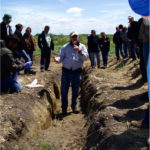
Mixing and matching inputs and rotations
Brandon researchers spent 18 years combining three different input levels and crop rotations to study the impact on nutrients, soil quality, yield and implications for climate change

Measuring tillage impact
There may be a middle path that gives the best results

Can organic no till work in the field?
Environmental benefit is part of organic market value, but organic weed management usually means tillage, commonly considered a black mark for soil health. Is there a middle ground?
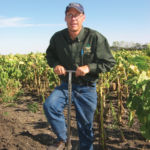
Getting a jump on fall fertilizer
Recent rain may alter farmers’ plans, just like a dry year to date has
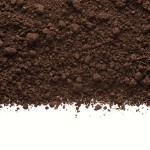
Farmers’ focus must shift from yields to soil health
But looking after the land doesn’t have to result in a ‘yield penalty’

VIDEO: Getting down to your roots
Crop Diagnostic School offered a cutaway view of how crop roots move through soil

The making of a green manure mix
Grain-only operation one of several tours organized by the Manitoba Organic Alliance
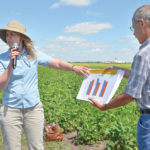
To till or not to till? For soybeans that’s the question
The Westman Agricultural Diversification Organization is testing out planting dates and pre-seed tillage systems in its latest round of soybean experiments
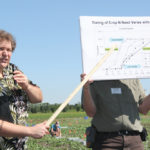
New technology and techniques on 4R nutrient management tour June 28
In-field nutrient measurements are just one facet that will be explored
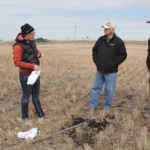
What’s in your field?
Planting a pair of tighty whities can help you find out


